Auto Special: Connecting past and future with classic design
Updated: 2013-12-27 07:27
By Li Fangfang (China Daily USA)
|
||||||||
Q+A | Simon Loasby
Volkswagen Open Day was held on Dec 9 to mark the final stop of the 2013 rally in Guangzhou. Featuring detailed and in-depth discussions, the event allowed invited guests to share their thoughts on the leading carmaker's design philosophy and its sustainable mobility solutions.
During the session titled Volkswagen Design Salon, Simon Loasby, director of design at the Volkswagen Group China, spoke to China Daily reporter Li Fangfang to elaborate on the company's well-established design philosophy as well as its outlook for the brand's future.
What is Volkswagen's design philosophy?
Volkswagen design language is simple, product-based, universal, sympathy and iconic. Through its designs, Volkswagen conveys simplicity, functionality, perfect proportions and elegance.
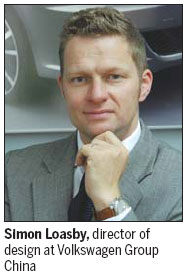
Our brand's values and identity are evident in each of our designs, so that for consumers, Volkswagen cars are always immediately identifiable.
Furthermore, Volkswagen's products integrate an artistic look with advanced technologies, and they feature the blending of different factors, such as brand values, technology and comfort, which need to be reflected in our designs.
Volkswagen's expressive design language enables consumers to appreciate Volkswagen's distinctive design themes and their underlying long history and rich legends.
The idea of a family look is not confined to Volkswagen or the automobile industry, but is extensively found in other industries, such as electronics and luxury products. It is about consistency and a high degree of recognition. In the context of globalization, the family concept is becoming a trend.
Meanwhile, Chinese consumers are now looking for a greater "diversity" of products, something that Volkswagen design will also deliver in the future.
How does Volkswagen express Chinese elements in its automobile designs?
First of all, in spite of its German origin, Volkswagen has developed quite a few models specifically for the Chinese market, and these models feature many Chinese elements.

The Lavida, Santana, Jetta and Bora, for example, are designed in light of the aesthetic preferences of Chinese consumers. They have been well received in the Chinese markets, showing that the models we are bringing to the China market have excellent unique characteristics and attractions.
Volkswagen' design center boasts a truly global design network, with eight design centers worldwide, including two in China. They play an important role in ensuring that Volkswagen designs keep pace with and lead relevant trends around the world.
Of course, Volkswagen also creates designs that cater to the needs of Chinese consumers. If you pay a visit to our design center in Shanghai or Changchun or our design office in Wolfsburg, you will find that many ongoing design projects are quietly catered to the needs in the Chinese markets.
In your introduction about the proportions of design, you mentioned the emphasis on basis, balance and detail. How are these considerations reflected in Volkswagen designs?
Proportions play a crucial role in all designs. Taking the human face as an example - It has a general ratio for length to width, and if the ratio is slightly changed, the overall look will be different.
Besides the overall ratio, the balance of various elements is also important. An adjustment of every minor element can lead to a different effect.
On the basis of a balanced ratio, attention will then be given to the refinement of details: trim, make-up and color arrangements can help enhance effects on the basis of well-proportioned and well-balanced elements, without which no decoration is of any avail.
That's why, when Volkswagen designers start a new design, the first thing to do is to determine a reasonable proportion and seek the best balance of many elements.
There is an excellent proportion in the world, called the golden ratio, which is 1.618. The golden ratio is not a man-made formula but a fact naturally discovered in the process of human development.
In Volkswagen's products, the golden ratio is everywhere to be found. In the case of the New Golf, the designers, rather than simply applying the ratio, have the ratio reflected in all aspects for the best possible effect.The simple horizontal-line front grille, in particular, brings out a sharp dynamism and makes the New Golf highly recognizable.
In fact, the New Golf is in the most perfect ever state in both body proportion and balance of design elements. This is an expression of both Volkswagen's consistent design philosophy and its commitment to consumers and customers.
Volkswagen has created many classic models for consumers. What is the direction of Volkswagen designs in the future?
For more than 70 years, Volkswagen has always been committed to its unique design DNA, which has been manifestly expressed by its top-quality cars.
From the iconic first generation of Beetle (1938) to Passat (1973), Golf (1974) and POLO (1975), it has created many epoch-making car masterpieces for the world.
The Volkswagen XL1, Taigun and CrossBlue Coup, on the other hand, represent the future design language of Volkswagen and open up a new perspective for Volkswagen design.
In the future, luxury sedans, SUVs and hatchbacks will have their own distinctive features in appearance, and the company will move toward a greater degree of differentiation and diversity of models while also retaining Volkswagen's core design language and family look.
As the Chinese market becomes increasingly mature with the deepening of globalization, Volkswagen will provide the Chinese consumers products that are more diversified, differentiated and individualized.
Amidst the rapid changes that both the market and the Chinese consumers are undergoing against the backdrop of the changing times, Volkswagen is well positioned in its design to keep pace with the times and lead trends.
The Volkswagen of tomorrow will present global designs with regional differentiations. The world is changing, so is Volkswagen as it listens, adapts and develops.
Contact the writer at lifangfang@chinadaily.com.cn
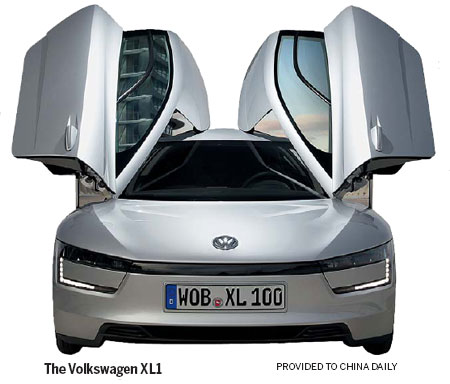
(China Daily USA 12/27/2013 page18)
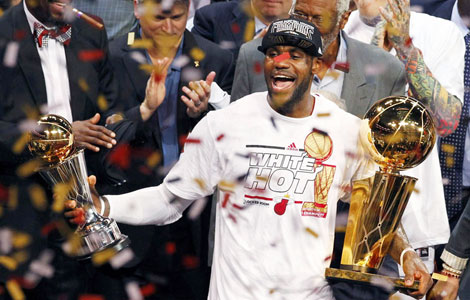
 LeBron James is AP's Male Athlete of the Year
LeBron James is AP's Male Athlete of the Year
 Year-end horse-ride parade California
Year-end horse-ride parade California
 Pick your new year sunrise
Pick your new year sunrise
 Memorial a big draw on Mao's birthday
Memorial a big draw on Mao's birthday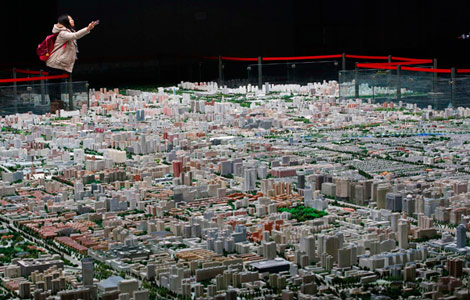
 China's urbanization rate to hit 60% by 2018
China's urbanization rate to hit 60% by 2018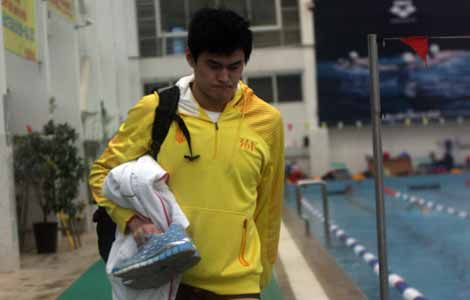
 Oly champion resumes training after scandal
Oly champion resumes training after scandal
 Private clinics take on new role
Private clinics take on new role
 Obama thanks troops for service
Obama thanks troops for service
Most Viewed
Editor's Picks

|

|

|

|

|

|
Today's Top News
2013 sees loss of US credibility
Huge potential seen for preschool English in China
Chinese university leaders round-up ideas in Texas
Anger over Abe's World War II shrine visit
US sends missiles, drones to Iraq
US airbase relocation approved
Accounting fraud chills US investors
'An overall view' on Mao required
US Weekly

|

|






